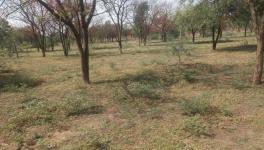Coronavirus: India's Indigenous Communities Overcoming Vaccine Hesitancy
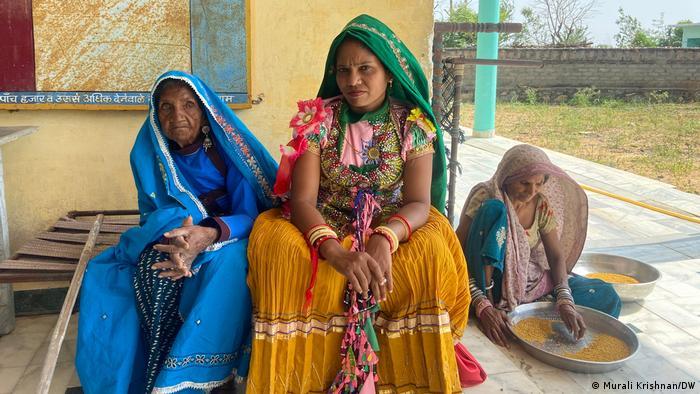
After working with village leaders, India has managed to bring its vaccine coverage of indigenous communities in Rajasthan up to 75%
Papli Bai vehemently refused to take the first vaccine shot against COVID-19 when the disease was raging during the devastating second wave that hit India in April last year.
She, like many others in the Garasiya tribal community, believed it was the injection that was causing people to fall sick and, in some cases, die.
Distrustful of vaccines
"I shouted at the health workers who came to our village. The male folk threw stones at them to shoo them away," Papli, 32, told DW.
In another block near Abu Road, where the indigenous community lives, Keli Bai and her sister, Puli, shut their doors on medical health officials and workers. They refused to come out despite the pleas.
Fear of syringes in the community is a mixture of mistrust and faith in the traditional medicinal rituals the tribe follows.
For as long as they can remember, the Garasiya tribal community, considered to be the third largest tribal group in the northwestern state of Rajasthan, has had a deadly fear of syringes.
This has had an enormous impact on the immunization of pregnant women and infants.
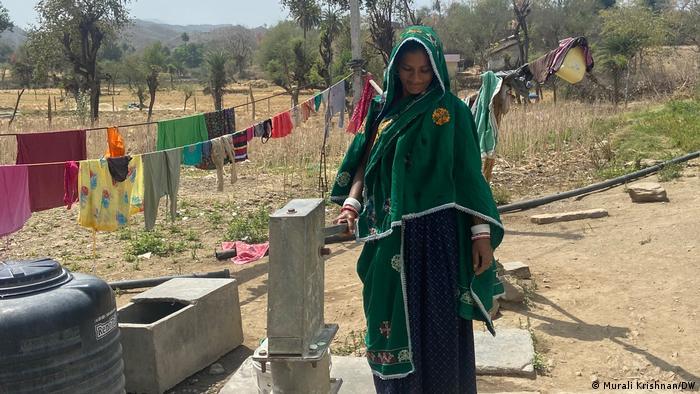
Vaccine-hesitancy among the Garasiya tribal community predates the coronavirus pandemic
During the pandemic, vaccine coverage was slow to take off and medical workers said the tribal regions were seen as a closed community and, in many ways, unapproachable.
"It was not just challenging for us but an uphill task to convince the community that COVID was indeed to be feared and protection was important," Richa Audichya of Jan Chetna Sansthan, an NGO that works with the Garasiyas, told DW.
"It took us almost four months just to get an audience with them and explain what the disease was about," Audichya added.
Tribes lack education
Rajasthan is home to more than 82 million people and is predominantly rural, with nearly 75% of its population living in villages. Many indigenous tribes are settled in its southern region, where communities like the Bhil, Meena and Garasiya have made their place in the Aravalli foothills. They comprise nearly 14% of the state's population.
Their livelihoods depend mainly on farming and some work as daily wage labor in nearby towns.
The Garasiyas typically live in one-room houses made with mud and bamboo walls. Those with more money build flat tiled roofs, while the poorer people still use thatch.
Getting tribal people to overcome inhibitions and accept immunization as the way forward has not been easy. Medical workers along with NGOs have sought the help of community workers and faith healers called "bhopas" to convince the Garasiya community.
"They are not well-educated and depend on local medicine men and healers for their ailments. But I traveled a lot especially in the interior areas to warn them of the pandemic and how this is a global disease," Gagan Giri, a faith healer, told DW.
Women leaders help change minds on vaccines
Conspiracy theories that were rife in indigenous communities in many parts of the India, such as the fear that vaccination affects fertility among women and makes men sterile, were also prevalent among the Garasiyas.
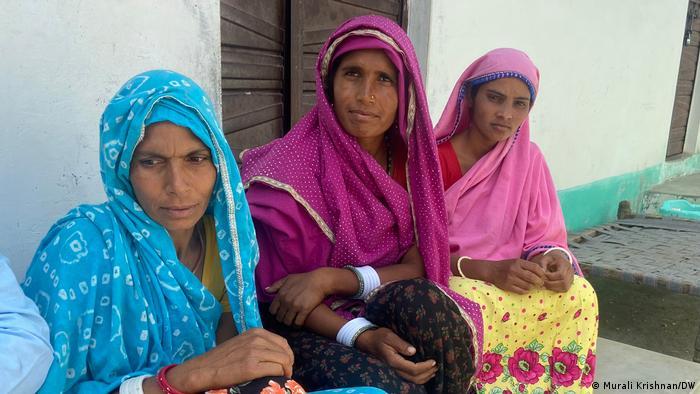
In March 2021, India led the world in COVID-19 case numbers and deaths
"Some of the women tribal members wanted sworn affidavits pledging money to the family if anything went amiss or if they fell sick. That was the level of distrust," social worker Chandrakantha told DW.
But it was the involvement of the women leaders in the community, especially those who were elected leaders, that tipped the scales and led to the community toward finally agreeing to accept the vaccine.
Sarmi Bai, 50, a former village head in Rajasthan's Sirohi district played a pioneering role in spreading awareness about the vaccine in the face of overwhelming resistance.
"I started with my village and told the women that COVID would kill us if we have no protection. What started in twos and threes of them getting jabs, began to spread and within a few months the campaign picked up," Sarmi told DW.
It is not the first time Sarmi has worked with other village leaders on this kind of project. In 2010, she met former US President Barack Obama as part of the Hunger Project, which works with elected women in village councils.
Women leading by example
"I had to take my injection in front of many of my tribe members for them to convinced. I came back to them regularly to ensure that it would not have any impact on health," Lalitha Garasiya, 39, another village head told DW.
She volunteered to be the first person in her village to get the shot to disprove the rumors.
Another method employed by the women tribal members, who took the lead in persuading others take the COVID-19 vaccine, was through dancing and songs in the local dialect.
They moved around villages, some of them located in far-flung hills, to spread the word of the importance of immunization and other measures to lower the risk of catching coronavirus.
"I had to make my song as informative as possible and tell them about the dangers of COVID. It somehow struck a chord among the villagers and mindsets began to change," Navli Garasiya, a community leader, told DW.
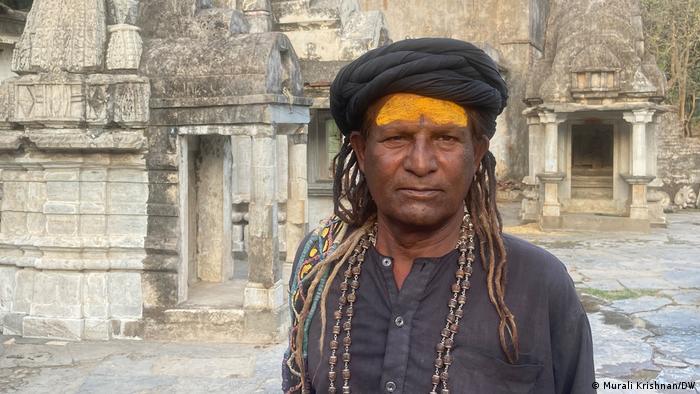
The landscape and lack of sufficient infrastructure hindered access to Rajasthan's rural villages
According to government official records, the vaccination drive among the tribal communities has been a success with 75% of the population now vaccinated. This is much higher than the level before the multiple interventions were employed.
Today, routine immunization has picked up and vaccine coverage is making steady progress.
Even in the central state of Chhattisgarh, despite vaccine hesitancy and inaccessibility, a push by a collective of NGOs, local networks and health volunteers helped the vaccine drive and convinced tribal members to accept the shots.
"It's a miracle. How this community has transformed and come to believe that immunization is helpful will always be a cherished memory. To say it was challenging is putting it mildly," Vivek Joshi, medical officer for the Sirohi district, told DW.
Edited by: Alex Berry
Get the latest reports & analysis with people's perspective on Protests, movements & deep analytical videos, discussions of the current affairs in your Telegram app. Subscribe to NewsClick's Telegram channel & get Real-Time updates on stories, as they get published on our website.










